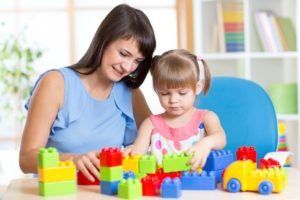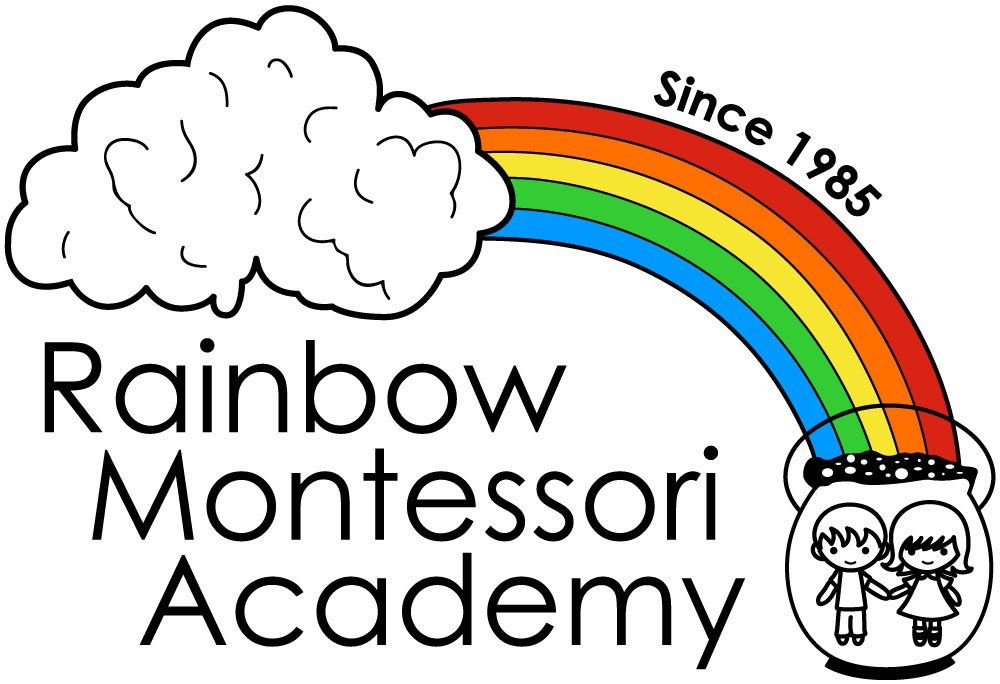Should Your Child Continue with a Montessori or Switch to Conventional School?
- By Rainbow Montessori
- •
- 20 Dec, 2018
- •

Like all good things, your child’s early Montessori education has come to an end. Now that your child is nearing elementary school age, you’re faced with a major life decision — to continue with Montessori or choose a conventional school program. Before making a choice, either way, take a look at the differences between the two options.
Montessori Schools
Montessori preschools are plentiful. But what about Montessori elementary schools? While the initial educational philosophy that Dr. Maria Montessori developed focused primarily on preschoolers, her work eventually broadened to include older children as well. This led to the creation of programs that followed the traditional elementary age progression.
Primary Montessori programs for children ages six and up typically include:
- Independent research. Like programs for the early years, elementary programs also encourage children to follow their own interests. Instead of listening to a teacher lecture about a specific topic that has little meaning to the child, the elementary schooler takes the lead.
- Multi-age approach. The multi-age classroom is one of the key components of a Montessori early education program. This doesn’t stop at first grade. Montessori elementary programs continue to group children by an age range. This provides opportunities for social, emotional, and cognitive growth.
- Child–directed lessons. Independent research isn’t the only class time that allows children to guide their own learning. The entire framework of the elementary school program continues the ideas (started in preschool) that learning is child-directed and not teacher-facilitated.
- Teachers are guides. Even though the learning is child-directed, teachers still play a pivotal role. Teachers in the Montessori classroom function as guides, and not lecturers. This provides a way for teachers to instruct in a way that interests the students and help them to meet educational standards.
- Hands-on learning. Teachers also encourage students to learn via hands-on explorations. This contrasts with a traditional lecture-based instructional approach.
Along with these aspects of the Montessori classroom, children age six and over don’t sit silently and reading and writing rote worksheets. While reading is a part of most elementary school programs, Montessori schools don’t center their curriculum on traditional textbooks.
Conventional Schools
Comparing Montessori to conventional schools is a tricky task. Montessori is an educational philosophy that creates a framework for all the schools that fall under its umbrella. But the same isn’t true for other schools. Public and private non-Montessori schools follow a variety of philosophies, methods, and curricular structures. This means you have options when it comes to what your child learns and how depending on the school.
Even though there are differences between programs, some of the similarities often (but not always) include:
- Teacher-led instruction. Whether the teacher lectures all day long or creates other educational experiences, the instruction is primarily lead by the adult — and not the child.
- Textbook use. Again, not every elementary school uses the same curriculum. Even though textbooks differ, depending on the school, most conventional programs require their use.
- Standardized testing. This is another aspect of conventional schools that differ widely. Some districts or states mandate testing, requiring teachers to administer standardized exams at set time points.
- Single-age classrooms. While some conventional schools experiment with or even adopt a multi-age classroom approach, the majority do not. Expect to find some age variation within a single grade (depending on kindergarten start ages). But don’t expect to see a two or three year age difference among students.
Most (but again, not all) conventional classrooms rely on a highly structured environment, dividing the day into time periods that are restricted to specific subjects, such as writing, math, or science. This type of environment benefits the student who needs a clear framework but may not fit a child who enjoys the freedom of self-exploration.
Are you ready to take the first step on your child’s Montessori journey? Infant, toddler, and preschool programs are the beginning of a lifelong love of learning. Contact Rainbow Montessori for more information.

Montessori education is a concept that can be very hard for many parents to understand. However, this learning method is influencing hundreds of schools around the nation and can be very beneficial for your preschool child. Early immersion in this learning program helps them master it early and become more intelligent than ever.
As a result, you should implement Montessori lessons in your home on a daily basis. By surrounding your child in this useful learning method, you provide them with the chance to learn new ideas and concepts every day. Just as importantly, you give yourself the opportunity to understand this teaching concept and how it can benefit your child’s educational process.
